Anne Frank Portfolio ChrIstine Nguyen - Period 2
Exploring Amsterdam
The Royal Palace of Amsterdam
The palace was orginally built to serve as a city hall during the 17th century by Frederick of Orange-Nassau. King Louis Napoleon took possession of the hall and converted it into the royal palace; later on, the building became the Dutch Royal House. It is situated west of Dam Square in central Amsterdam, near the Nieuwe Kerk and War Memorial. The Amsterdam Royal Palace Foundation opens the building to the public when not in use for events such as state visits, ceremonies, and other official receptions.
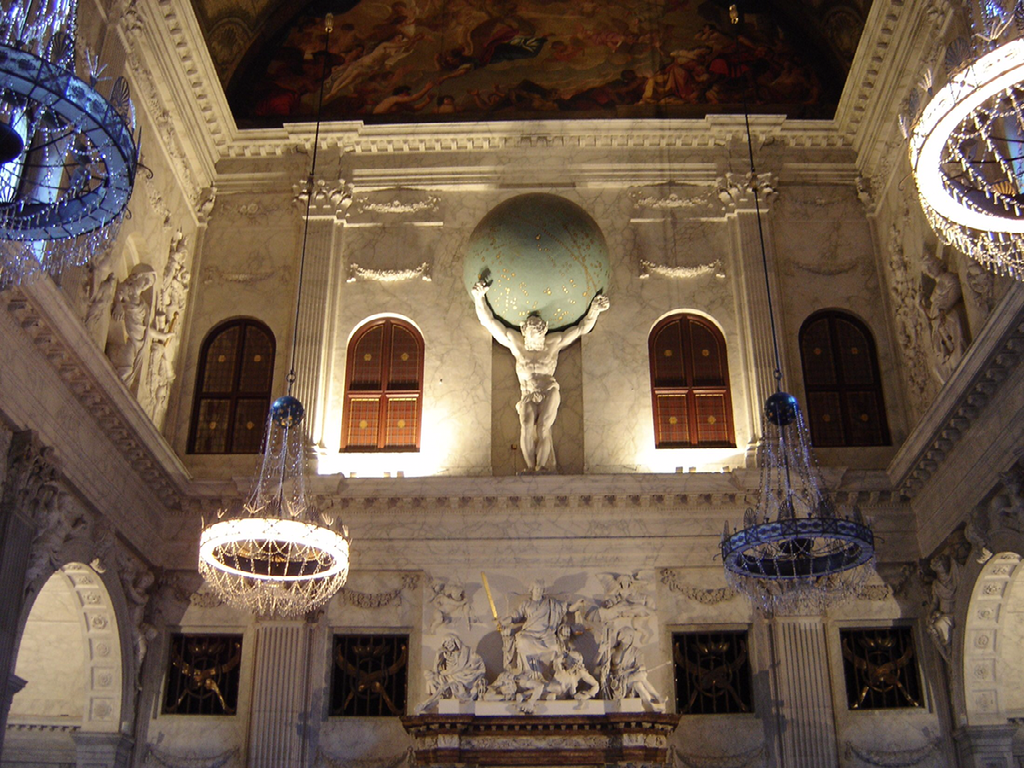
The Secret Annex
During World War II, the house secluded behind Otto Frank's business is where the Frank family and Pfeffer family went into hiding in order to avoid the German Nazis. They remain in the secret annex for almost two years before they are arrested and deported to concentration camps. Anne Frank had kept a diary while in hiding where she wrote about herself and depicted the events within the annex.
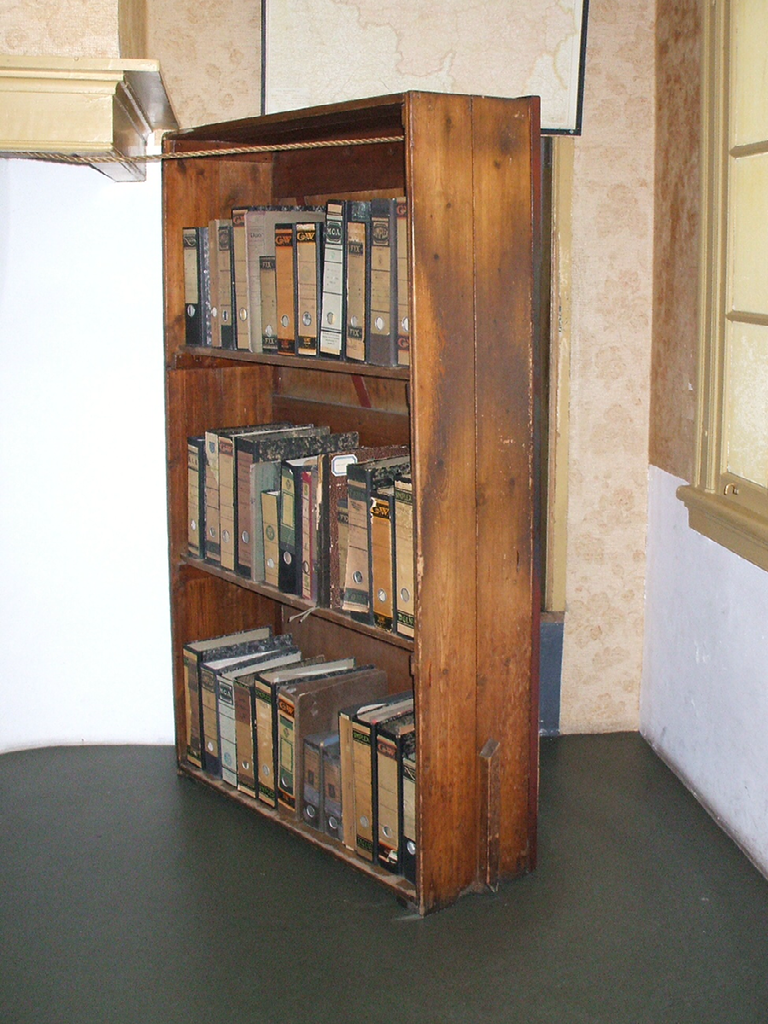
Nuremberg Law
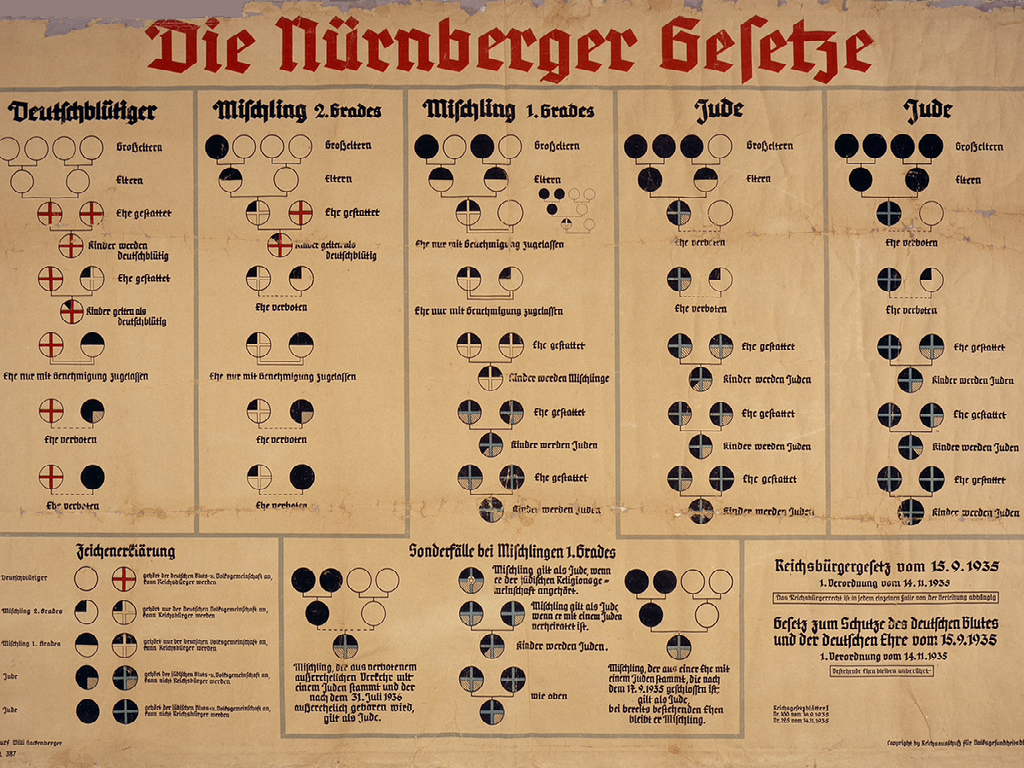
1. Marriage between Jews and subjects of the state of German or related blood are forbidden. Marriages nevertheless concluded are invalid, even if concluded abroad to circumvent the law. Annulment proceedings can be initiated only by the State Prosecutor.
2. Extramarital intercourse between Jews and subjects of the state of German or related blood is forbidden.
3. Jews may not employ in their household female subjects of the state of German or related blood who are under 45 years old.
4. Jews are forbidden to fly the Reich or National flag or to display the Reich colors. They are, on the other hand, permitted to display the Jewish colors. The exercise of this right is protected by the State.
5. Any person who violates the prohibition under I will be punished by a prison sentence with hard labor. A male who violates the prohibition under I will be punished with a prison sentence with or without hard labor. Any person violating the provisions under III or IV will be punished with a prison sentence of up to one year and a fine, or with one or the other of these penalties. The Reich Minister of the Interior, in coordination with the Deputy of the Führer and the Reich Minister of Justice, will issue the Legal and Administrative regulations required to implement and complete the Law. The Law takes effect on the day following promulgations except for III, which goes into force on January 1, 1936. Nuremberg, September 15, 1935 at the Reich Party Congress of Freedom.
Propaganda
Propaganda is the promoting or communicating of biased information towards a certain view point. It is most commonly found in mass media as pictures or words and focuses mainly on political topics. According to Wikipedia, propaganda is often used during wars and took on many forms such as posters, TV advertisements, radio announcements, etc. During the First World War, the term propaganda came to mean 'misleading political ideas' due to its ability to change people's judgement on various situations or issues.
Characters
Anne Frank
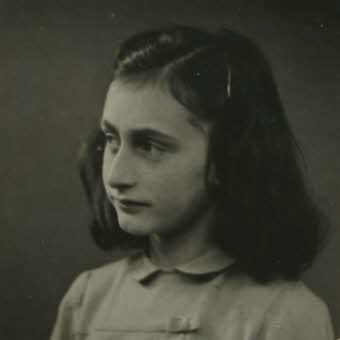
Anne Frank was born in Frankfurt am Main on June 12, 1929. A few years after her birth, the Frank family emigrates to Amsterdam. On Anne's thirteen's birthday, she receives a diary as a present. While in hiding, it is in this diary that she reveals her more serious side of her. After being found and arrested, the Franks and Van Pels are sent to the Westerbork transit camp and are deported to Auschwitz-Birkenau (extermination camp). After being deported once more to Bergen-Belson, Anne and Margot die in February 1945. Otto Frank has Anne's diary published June 25, 1947.
Otto Frank
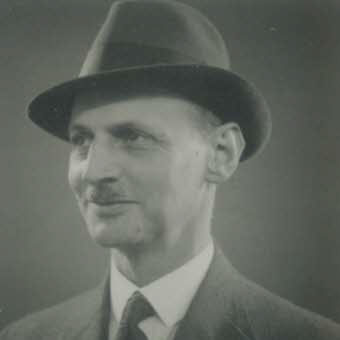
Otto Frank was born in Frankfurt am Main on May 12, 1889. He studied art history in Heidelberg but left for New York in order to gain work experience. In August 1915, Otto is drafted into the German Army during World War I. Upon his return, Otto takes over in charge of the family bank before having to go into hiding. He is the only member of the Frank family who survives after being sent to Auschwitz. Otto later dies in Basel, Switzerland on August 19, 1980. Miep Gies described Otto Frank as a leader with a calm and logical demeanor.
Miep Gies
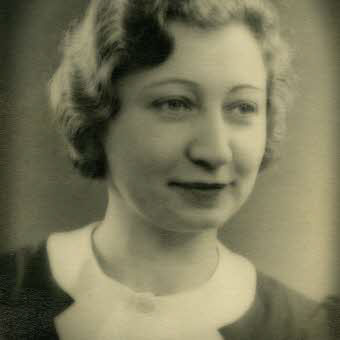
In 1909, Hermine (Miep) Gies-Santrouschitz was born in Vienna. She worked as Otto Frank’s secretary and became friends with Otto, his wife Edith and their daughters Margot and Anne. Miep helps the Frank family into hiding and was not taken when they are arrested. Miep finds Anne Frank's diary in the secret annex and gives it to Otto Frank when he learns of his daughters' deaths. Miep later writes a book titled ‘Memories of Anne Frank’. She dies at the age of 100 on January 11, 2010.
Peter Van Pels
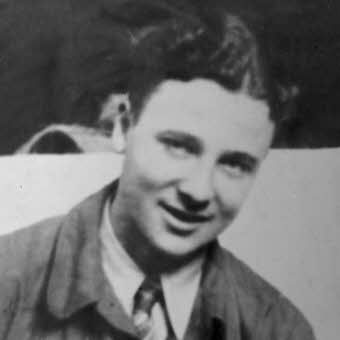
Peter van Pels is born on 8 November 1926 in Osnabrück. Peter emigrates with his parents to the Netherlands and goes into hiding with the Frank family. Anne Frank is not so taken with him as a first impression, however, the two share interactions and have come to have a close relationship. After being arrested, he is sent by train to Auschwitz-Birkenau extermination camp on September 3, 1944. When Auschwitz is evacuated, he was to march to concentration camps further in the West. On May 10, 1945, Peter dies in Mauthausen.
Act I Summary
After the war has ended, Otto Frank returns to his former place of hiding and is given Anne's diary. While reading the text, he is reminded of the time staying in the annex. The Franks and Van Daans are to live by strict conditions and have to depend on Mr. Kraler and Miep for outside resources. It is around this time that Anne receives her diary and realizes what it truly means to "go into hiding". Two months later, Anne experiences pent up energy from having to remain silent and becomes quite a troublemaker. Living arrangements are changed with the introduction of Mr. Dussel. Several months later, Anne wakes from a nightmare and declines her mother's comfort; Anne realizes that she has trouble sharing her good side. On the first night of Hannukah, Anne has prepared gifts. During the celebration, they hear a noise from below and fear being caught after Peter breaks a lampshade. The scene is closed with the Hannukah song.
Warsaw Ghetto Uprising
When did the Warsaw Ghetto Uprising take place?
The Warsaw Ghetto Uprising began on April 19, 1943, after German troops and police deported its remaining inhabitants, and lasted until May 16, 1943.
How many people died in the Warsaw Ghetto?
The death toll among the Jewish inhabitants of the Ghetto is estimated to be at least 300,000.
How many German soldiers and Jewish fighters were killed in the uprising?
In the uprising, about 13,000 Jewish fighters and 110 German soldiers were killed.
As a result of the uprising, what did it do for Jewish morale in Poland?
The dramatic act of resistance known as the Warsaw Ghetto Uprising helped to raise the morale of Jews in Poland.
Anne Frank Act II Summary
In honor of a new year, Miep brings a cake which strikes greed and affliction between the annex residents. Mr. Kraler informs them about a worker requesting a raise who persistently asks about the Franks and their whereabouts (blackmail). Anne and Peter's relationship grows closer as Anne finds that she can confide about her emotions and thoughts with Peter; Mrs. Frank and Mrs. Van Dann worry about the behavior between the two. Mr. Van Dann is caught stealing food by Mrs. Frank who furiously threatens to kick him out. Interrupting the agrument, news of an invasion in France by the Allied Forces had been brought by Miep. A lingering phone call greatly upsets the dwellers in hiding as they wait nervously to be found by the green police. The scene changes post-war to Mr. Frank reading Anne's diary, he is ashamed of himself for being unable to believe in the good in people.